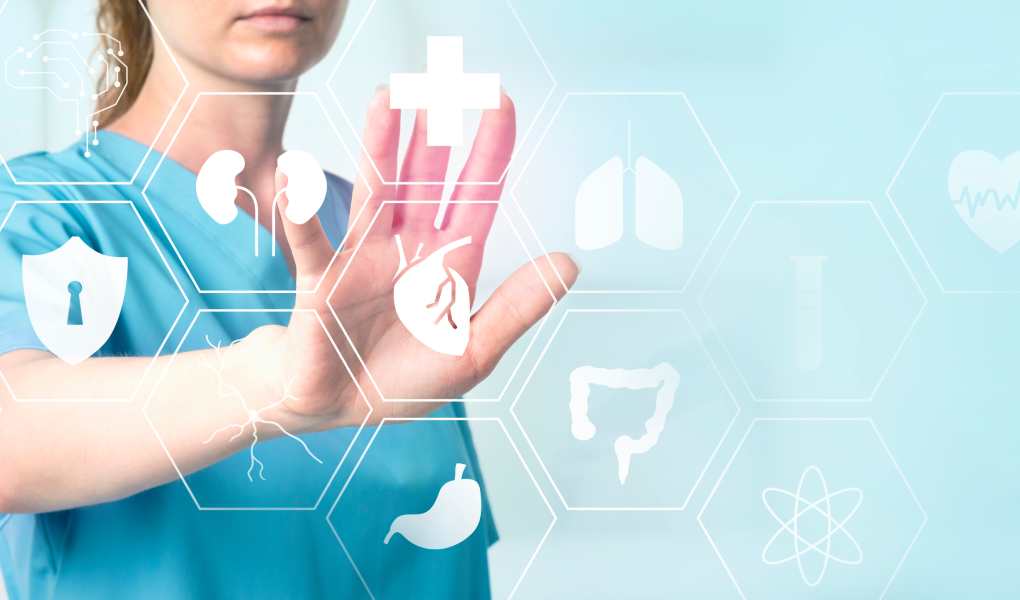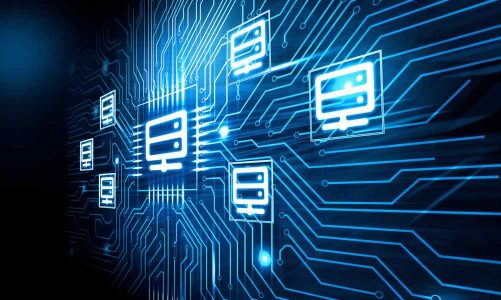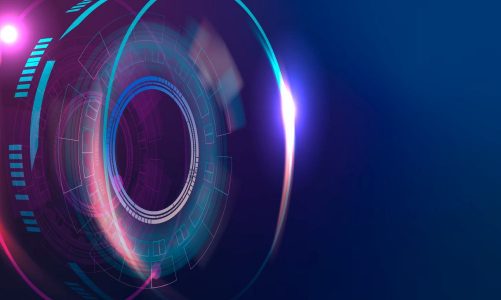The pandemic and its aftermath are reshaping medicine and pushing the industry towards digitalization. According to forecasts, the global market for the medical Internet of Things will grow to 435 billion rubles by 2027, seven times, and AI in medicine – up to 31 billion dollars by 2025, also seven times.
This is understandable: there is a growing interest in solutions that help remotely monitor and help patients. Telemedicine is also developing because not all corners of the planet have the opportunity to visit a qualified doctor personally.
In Russia, the market for medical technologies is also growing, as is the interest in investing in them. For example, the Botkin.AI platform, which uses artificial intelligence to detect signs of pneumonia on CT scans, received a grant from VK Cloud Solutions. Such technology will help reduce the burden on doctors during the spread of COVID-19 and reduce the likelihood of medical errors. The system can be used in thousands of clinics throughout the country, while its implementation is free for hospitals.
Sergey Voinov, director of acceleration and head of the digital medicine cluster of the Skolkovo Foundation’s biomedical technologies cluster, and Daniil Lokhanin, head of PaaS and IoT, VK Cloud Solutions, told us about the general situation with the Internet of Things and other technologies in Russian healthcare.
How The Internet Of Things Is Already Being Used In Medicine
Sergei Voinov explains that the Internet of Things exchanges information between devices without human intervention. It is almost everywhere. For example, when we use an ATM, we do not have the unusual feeling that we have touched something “smart.” But the ATM transmits data to central servers; some telemetry is removed from it; it is an element of the Internet of Things.
To perceive smart devices as ordinary Internet of Things must be straightforward to use. Then the barriers will fall, as happened with ATMs.
Returning to medicine, we can divide the already used IoT devices into two types:
- Non-professional devices for patients. These fitness trackers and smartwatches take biomedical indicators: steps, heart rate, and blood pressure. According to the Roszdravnadzor classification, they are not medical devices. They do not have a registration certificate, but they do an excellent job helping the healthcare system, supporting the trend to look after itself.
- Professional devices for doctors. These are blood pressure monitors, wearable ultrasound machines, and other devices used for continuous monitoring of chronic or postoperative patients.
In general, medicine is moving towards preventive methods, that is, the prevention of diseases. A person takes home professional devices, available only in clinics, and monitors his health.
Also Read: Healthcare 4.0: Digital Technologies To Support Healthcare



